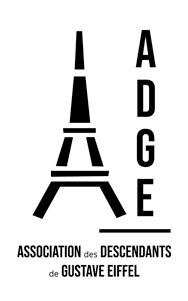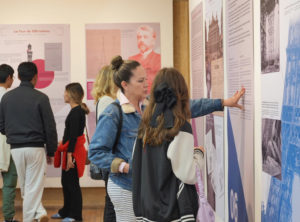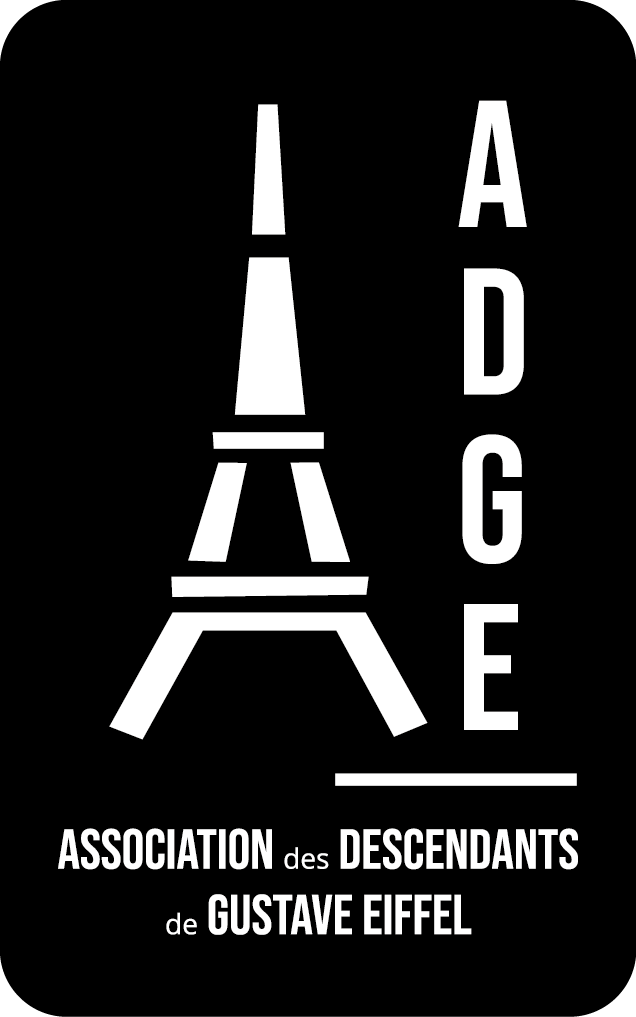On February 8, a delegation from ADGE traveled to Dijon for the launch of a commemorative centennial cuvée and a dual-voice conference on Mélanie and Gustave Eiffel, held in the prestigious setting of the International Organization of Vine and Wine.
This day provided an opportunity to meet with Ms. Véronique Koenders, Mayor of Dijon, with whom we discussed Dijon, the city of the two Eiffels. Indeed, Gustave Eiffel’s successes were closely tied to his childhood in Dijon and the achievements of his mother, Mélanie Eiffel, who, in the early 19th century, was an exceptional Dijon-based entrepreneur at a time when women were expected to remain in their homes.
The following article revisits this day, with a particular focus on Gustave’s mother, Mélanie Eiffel, née Moneuse.
Looking Back on ADGE’s Visit to Dijon on February 8, 2024: Meeting with the Mayor of Dijon and a Conference at the OIV for the Launch of a Commemorative Centennial Cuvée
How better to conclude a year of commemoration than by opening it to new perspectives?
2023 was a year in which ADGE actively worked to preserve the memory of Gustave Eiffel, as we commemorated his passing, which took place on Rue Rabelais in Paris on December 27, 1923.
Ninety-one years earlier, Mélanie Eiffel had given birth to Gustave on December 15, 1832, in Dijon.
Gustave Eiffel was a child of Burgundy. A child of Dijon. A child who discovered wine in the company of Mr. Ouvrard, the father of the owner of Clos Vougeot. During a visit to the estate, which he later described with enthusiasm in a letter to his parents in September 1842 (at just nine years old), he wrote:
“My dear Mama, I have great news to tell you. Mr. Ouvrard, the father, […] took me to see the Clos. I had lunch with him. He showed me how wine is made. He made me drink a lot!”
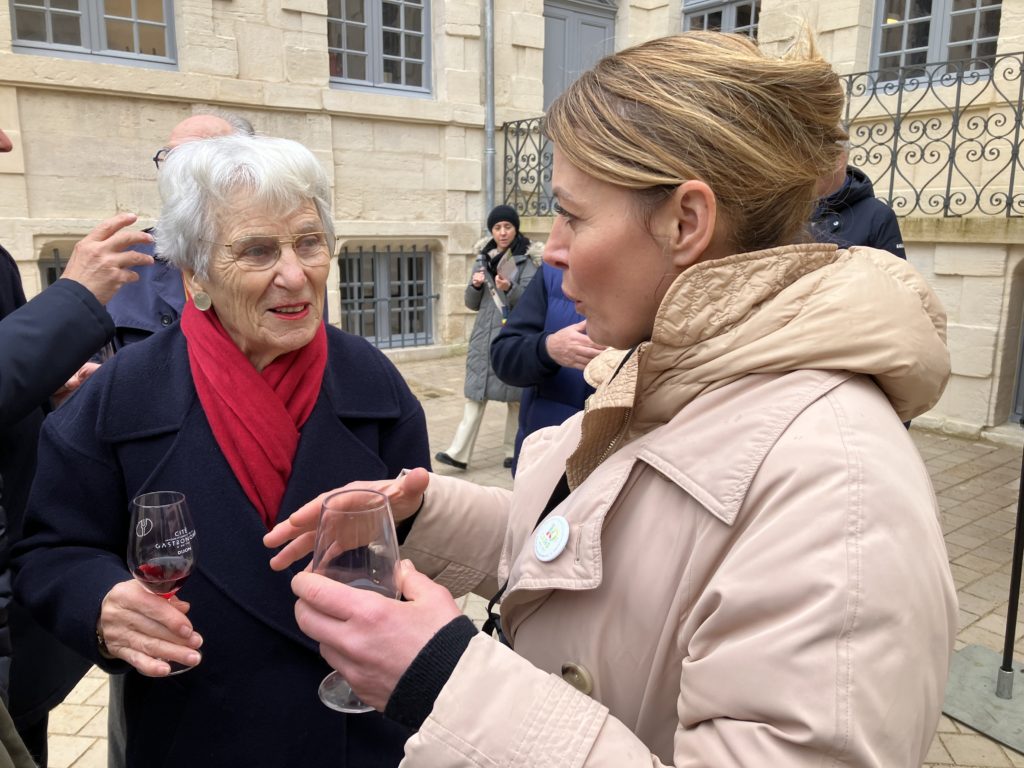
It was with this letter and his Dijon roots in mind that ADGE wished to launch a commemorative Burgundy Dijon cuvée, as a tribute to the birthplace of our ancestor and his mother, Mélanie, without whom none of this would have been possible.
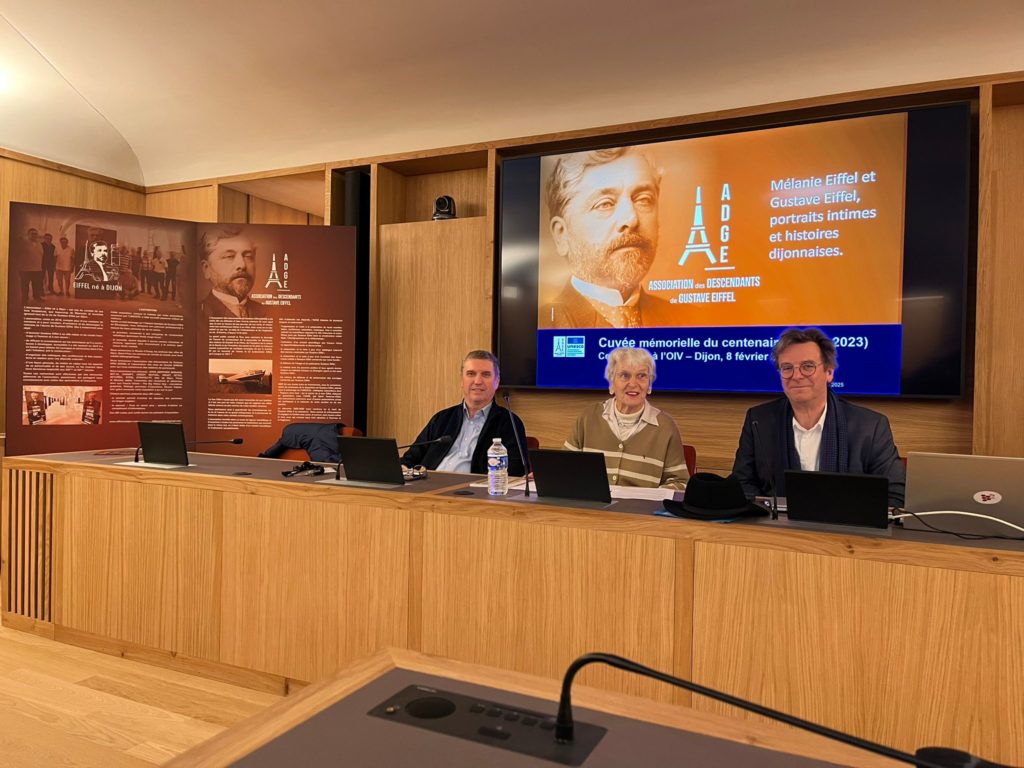
Mélanie Eiffel was indeed a wife and mother, but above all, she was a businesswoman at a time when the Napoleonic Code confined women to their roles as mothers and wives. It was an era when a decree from the Prefect of Paris forbade women from wearing trousers (Prefect of Police Dubois’ Ordinance No. 22 of 16 Brumaire, Year IX [November 7, 1800], entitled “Ordinance Concerning the Cross-Dressing of Women”).
As a reminder, this ordinance aimed to restrict women’s access to certain positions or professions by preventing them from dressing like men.
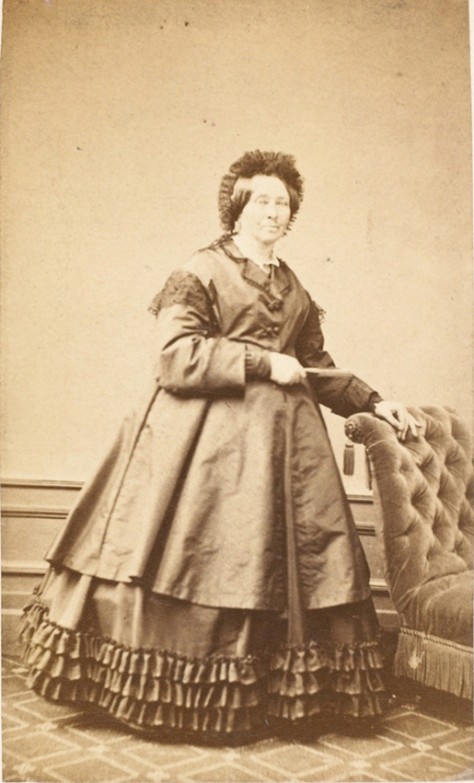
If we do not have photographs of Mélanie Eiffel wearing trousers, we do know that she was a remarkable businesswoman who, in just ten years, transformed her father’s timber sales business into a thriving company with multiple establishments spanning all of Burgundy and reaching as far as Paris. As Gustave Eiffel wrote in the memoirs he dedicated to his five children:
“To increase their shared resources, my father obtained a position at the prefecture of Côte-d’Or. My mother, for her part, sought an occupation in commerce, one that could open broader and more lucrative opportunities for her activity and her remarkable business acumen.”
She was a true entrepreneur, handling both commercial negotiations and the human management of her business. To give an idea of its scale, Mélanie Eiffel’s company had warehouses in Dijon, Saint-Jean-de-Losne, Chalon, and Auxonne. She transported goods ranging from coke and plaster to bottles, lamp oil, barrels, and cases of wine. Her company even owned barges, the first two of which were named Le Beau Gustave and La Petite Marie. While the business bore the Eiffel name, it was Mélanie who ran it—her name appeared on contracts, account books, and letters of credit.
Businesswoman, wife, mother—Mélanie was all of these things, but above all, she was a woman. And in the 19th century—as, in truth, in any century—this was not without consequences.
What is a woman? That is an unanswerable question, one I would not dare to resolve—except to say that a woman is, above all, a human being. Mélanie Eiffel was a happily married wife, a mother whose children made her proud, and a successful businesswoman. She knew how to take advantage of the progress of the 19th century while freeing herself from the constraints that could have weighed upon her as a woman. In this sense, Mélanie Eiffel serves as an example for women today: to be oneself, to refuse male domination—not by rejecting men, but by embracing a truly equal vision of humanity.
This is who Mélanie Eiffel was—my ancestor. Even if she had not given birth to Gustave, she would have deserved, by the merit of her own life, numerous tributes—and who knows, perhaps even a street bearing her name. Not as Gustave Eiffel’s mother, but for who she was and what she still represents today for the cause of women and gender equality: an example, a reference.
And here is a new perspective: to continue our efforts in preserving and promoting the works and legacy of Gustave Eiffel, but also to work toward developing the memory of Mélanie Eiffel, born in Dijon.
Dijon, the city of the two Eiffels.
Olivier Berthelot-Eiffel
President of the ADGE
